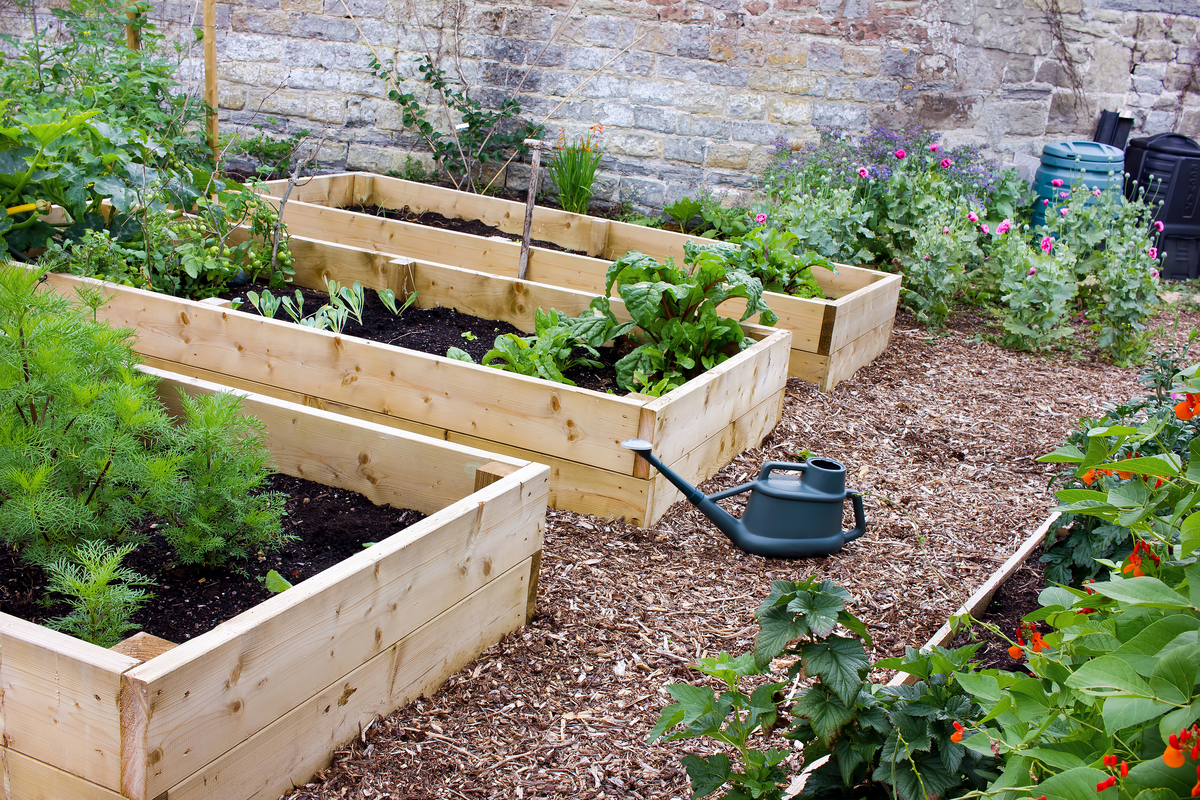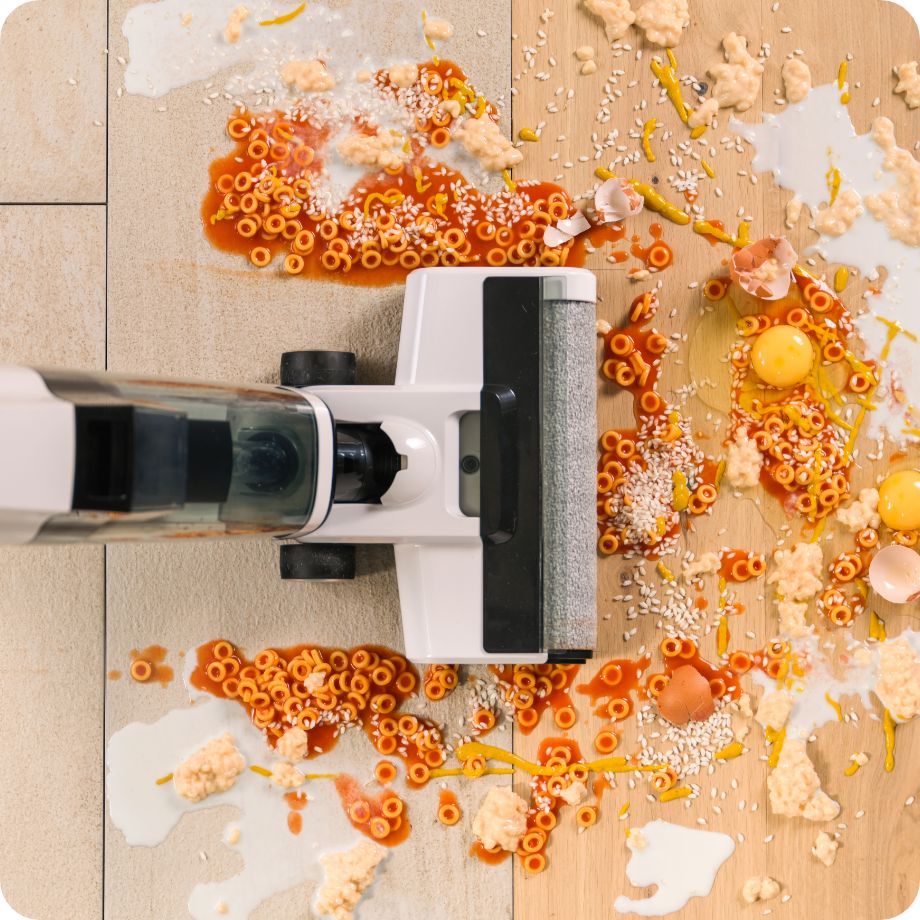Looking for a fun way to use your garden and save a bit of cash on the weekly shop too? Well, then starting your own vegetable garden is just the DIY gardening task for you!
If you’re an avid gardener, then you may have your own little patch of veggies sprouting away already. But if you’re new to gardening or you’ve recently moved from a flat to a house with a lovely outdoor area, then we’ve got some veg garden ideas to get you started.
So, pop those gardening gloves on and let’s discover how to start your own vegetable patch with these five simple ideas.
1. Pick the perfect spot
First things first, you need to settle on the right area to start your vegetable garden.
An airy spot with plenty of natural sunlight is the best. You’ll want to ensure any taller plants, trees, or hedges you may already have planted aren’t towering over the area and casting the patch in shade. Too little sunlight can stunt the growth of your delicious veggies.
We get a fair amount of wind in the UK, but too much is harmful for your growing vegetables. A windbreaker can keep them protected from the strong winds, but you can also simply start your vegetable patch in an area that’s shielded from wind by a shed or fence.
2. Map out your patch
With the perfect home for your growing vegetables sorted, you can now start mapping out your patch.
Creating four different patches makes rotating your veg nice and simple, while planting in triangles instead of rows makes the most of the space you’ve got. Be sure to leave at least 12 inches between each veggie to give your growing vegetables space to, well…grow.
TOP TIP: Sketch out your ideas on paper, so when it comes to actually starting your vegetable patch, you know exactly what you’re doing and what goes where!
3. Prepare the ground
Time to grab those gardening tools and get to work on prepping the ground for your veggies to grow healthily. So, follow these simple steps:
1. First, you’ll want to remove any weeds growing in the area, as these take space and food away from your budding veggies.
2. Then, rake over the ground to break up the soil and check for any lingering weeds. If there are stones in your soil, then now is a good time to get rid of those as well.
3. Now, you can grab the spade and start digging! Dig at least one spade in length downwards to give your veg plenty of room to sprout roots and grow.
4. Use the right soil
Getting the soil right gives your veggies the best possible home to grow in. But which is the best to start your vegetable garden with?
Well, the best soil for growing vegetables should have a healthy mix of soil and organic matter – bark, dried leaves, manure. But you can also use any grass clippings you might have here too. Simply lay them over the top of your soil bed and, as it decomposes, it’ll act as a fertiliser for your patch!
You can find this pre-mixed in most DIY and gardening stores, but you can also make compost yourself - a fun and resourceful gardening task to take on!
TOP TIP: Our CLM50 lawnmower comes with a handy large capacity bin, making light work of collecting your grass clippings to use as fertiliser on your veg patch.
5. Choose your veggies
Veg patch plotted. Ground prepared. Soil selected. It’s now time to actually start your vegetable garden by picking what you veggies you want to plant!
Generally, you’re safe to grow most veggies together, but there are some combos that seem to work best when planted next to each other.
For example, carrots and leeks grow excellently with a bit of lavender, as does thyme alongside a few roses. You can even create your own yummy pasta sauce and grow a bit of basil with some fresh tomatoes.
Now you know how to start your own vegetable garden, you might be looking out for more handy tips and tricks to creating a luscious garden. For tips like how to make the most of a small garden or lawn maintenance tips for every season, head over to our blog.




